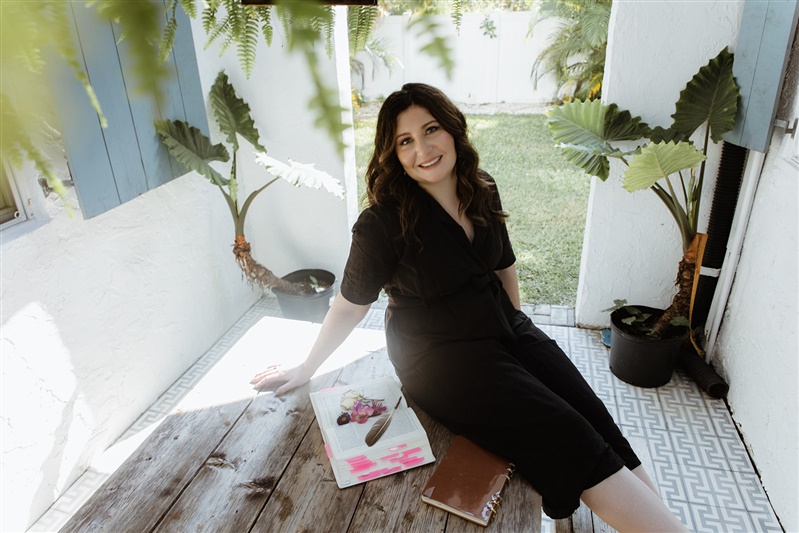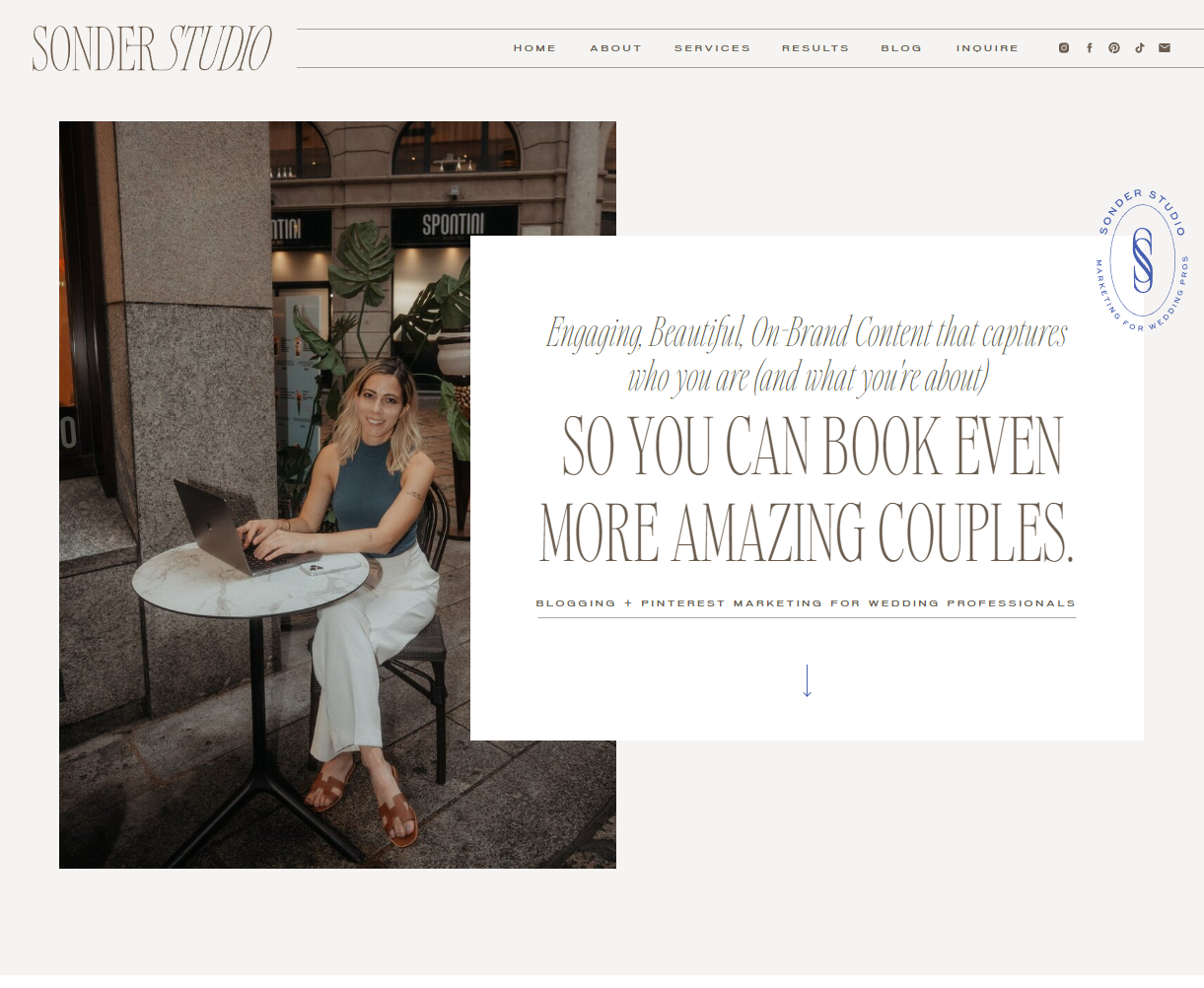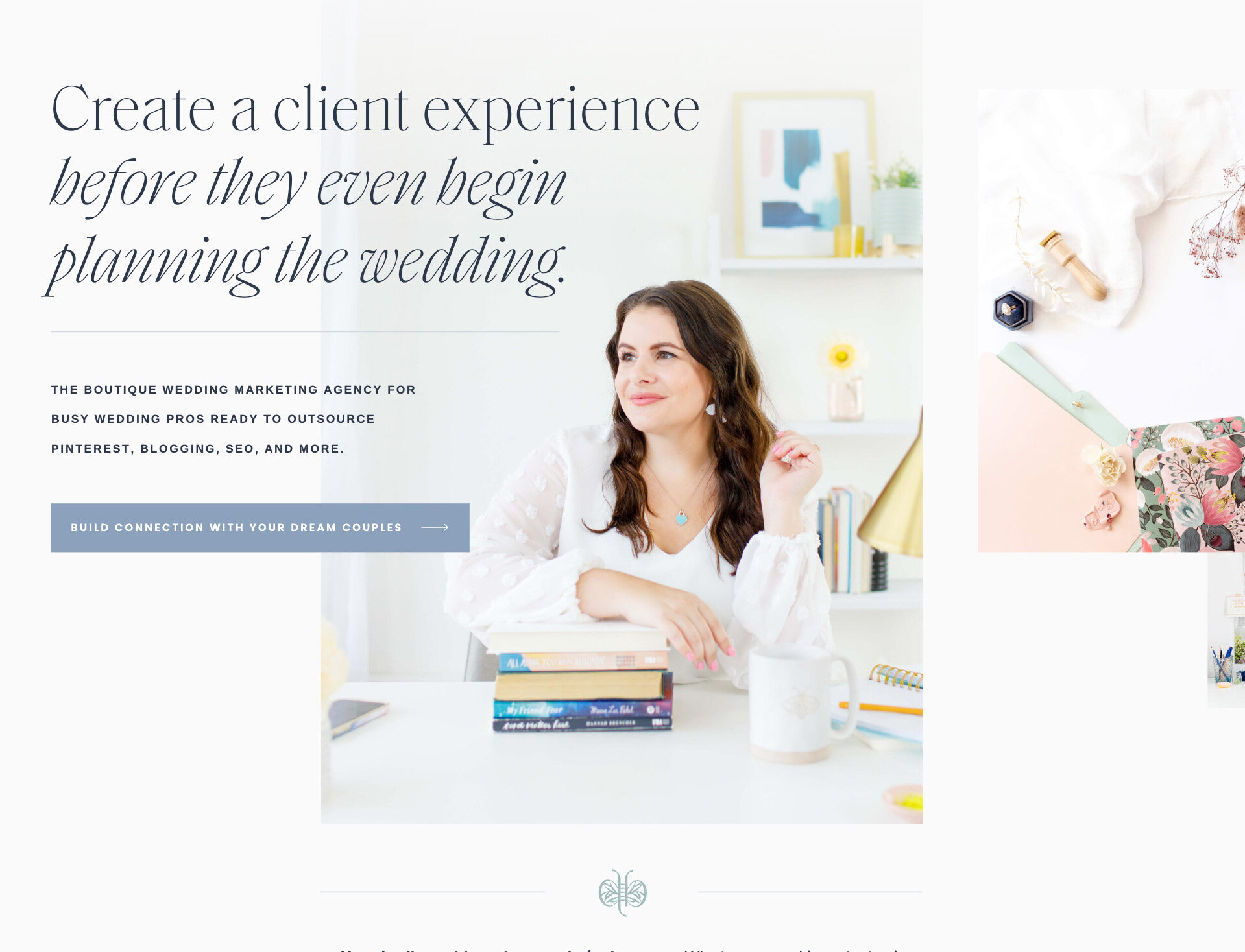I’m always telling small business owners that copywriting isn’t just words on a page. It’s a brand messaging strategy, an amalgamation of your core messages, driven to sell and create prosperity for your business. I’ve heard it said that copywriters are assemblers as much as they are writers, and that’s very true.
Although there may be some core messages already inherent in your business, you may not be communicating them to their highest potential. That’s where we come in. As your copywriter, we guide you in excavating those core messages and then translating them into tangible, working copy.
You may have some sayings you often use in your brand, or a descriptor or two to describe your tone of voice, but have you really taken the time to get clear on your messaging?
Brand messaging strategy can take time to get right, but read on for how you can get started on building your brand’s foundational language right now.
Make Strong Messaging Goals
If your only goal is to book ‘high end clients’, you may miss out on creating greater nuance and longevity in your brand message. When I work with clients, I always encourage them to dig deeper into their goals to ultimately come away with a more successful message.
For example, a goal of yours may be to inspire more confidence in your dream clients so investing with you is an easier sell, moving away from a certain kind of service, or evoking the experience that they can expect from working with your studio. Start here before moving into the other moving parts, and you’ll see greater returns.
Nail Your Positioning
Positioning is not a throw-away concept, a box to check so you can get on to the more ‘fun’ parts of your business. Nailing your positioning is where you can see profound success in your business. This is where you knock it out of the park and show why you’re different.
Think about the big questions like:
- What are some core philosophies you have on your industry?
- How long have you been in this space, and what experience do you bring?
- What’s your story, and how is that mirrored in the transformation your clients can expect?
- Why do you do this work and not something else?
In my work with clients, I guide them both in writing one-liner statements and a positioning paragraph that brings together all of these elements. Much of their core positioning will end up on their homepage, but we then use that positioning to map core messages onto the remainder of the website pages to ensure that the main ideas are expressed no matter where their ideal clients enter the website.
Excavate Your Brand Story
As a general brand messaging framework, I always recommend using Storybrand. It’s fairly straightforward: A character has a problem, then meets a guide who gives them a plan (and calls them to action) that ends in success and helps them avoid failure.
Your brand story follows this exact foundation: get clear on who your client is, the problem you solve for them, how you are their guide, and what you do that leads them to success. It sounds simple, but again, spending more time on this will mean better copywriting.
Some other questions to ask yourself:
- How aware is your audience of your solution? How much education will they need to understand & value what you do?
- How can you get more clear on the 4 facets of their problem: villain/core frustration, philosophical, internal, and external?
Our stories are a big way that we stand out from our competitors, and something you can uniquely own in your business.
In the course of exploring who you are as the ‘guide’, take some time to develop your Origin Story (as in, how you got started and where you came from before creating this business), Transformation Story (How does your story mirror the transformation that your client also wishes to have?), and High Points (What are some key facts about you as a biz owner? Have you served 100 happy clients? Do you use a specific approach in your work?).
Get Clear on Tone of Voice as it Fits Into Your Brand Messaging Strategy
I can’t say it enough… do NOT try to explain your brand voice as ‘fun’ and call it a day. Almost anyone could say that about their brand voice, and honestly? It doesn’t tell us anything about your goals or your unique way of communicating. Go deeper, have fun, and hit up a thesaurus. Wouldn’t you rather have a brand voice that’s revelatory or elegant or empathetic than plain-old ‘fun’? Thought so.
This is also a great time to think about what your brand is NOT. If you’re new, this will evolve as you grow as a business owner. Your list will get longer the more years you rack up in business. I like to invite people to think about what words they dislike, or what descriptors feel wrong for the kind of work they do? For example, as a life coach, you may feel that language that paints your work as a ‘quick fix’ would be wrong within your brand.
In my own brand, I don’t like language that makes copywriting feel simple or easy when it really does take time, care, and effort to truly nail a brand voice. Meanwhile, an elopement photographer who doesn’t want to attract big weddings doesn’t want to speak to the kinds of things you’d see at a larger celebration, like huge bouquets or wedding parties of 10 people.
With these steps, you can begin the exploration process and define your message. Don’t want to DIY? Reach out for our help on nailing your brand messaging strategy!




